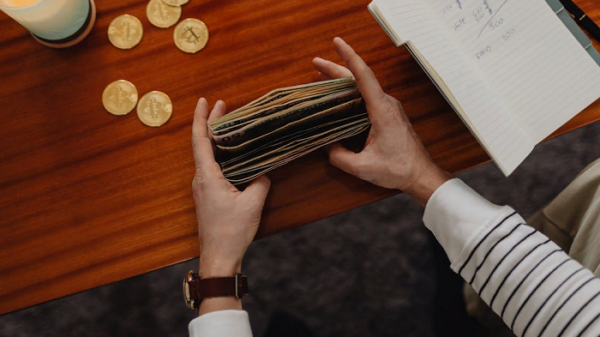If you decide to build a two -story house, then in the project of the house a staircase connecting the floors must be present. The choice of stairs is diverse, and mainly depends on the area of the dwelling and on the financial capabilities of the owner.
The most advantageous option is a spiral staircase. And now we will prove it:
— Small size of a screw staircase. Such a staircase can be built in the room height, which is 2.5-3 meters. And the area occupied by such a staircase is only 2 square meters. m.
— Presentable interior that makes a unique interior element from an ordinary staircase.
— relatively small financial costs.
During the construction of a house that provides for the presence of such a design, it should be borne in mind that the furniture to the second floor must be transported before the installation of the stairs. Depending on the localization of the steps, two types of stairs are distinguished when:
— the steps are attached to the vertical support;
— are attached directly to the wall.
In both cases, the railing is used as an additional support. The quality and durability of the spiral staircase is determined by the material from which it is made. The leading position when choosing the material is occupied by a tree, namely, such breeds as oak, maple, beech. Particularly strong glass and plastic can also be used. As a support rack, a metal pipe most often acts, less often wooden structures.
The process of manufacturing a spiral staircase can be carried out on their own, but it is necessary to carry out the correct calculations and prepare the material well. In our case, the diameter of the stairs is 2 m, the length of the step is 0.9 m, and the radius of the support is 10cm. There is a formula for calculating the number of steps: H The premises/R between the steps — 1. The most convenient distance in this example between steps is 20 cm. After that, draw a circle on the floor, divide it into the number of steps (11 or 12). After that we make the marking of the steps, given the overlap closer to the railing. The next stage is the preparation and processing of steps, attaching the sleeve to them. After that, preparatory work with the railing is performed. The assembly process directly consists of stringing the steps to the rack. At the next stage, the rack is fixed. At the final stage of work, the railing and balusters are fastened.





